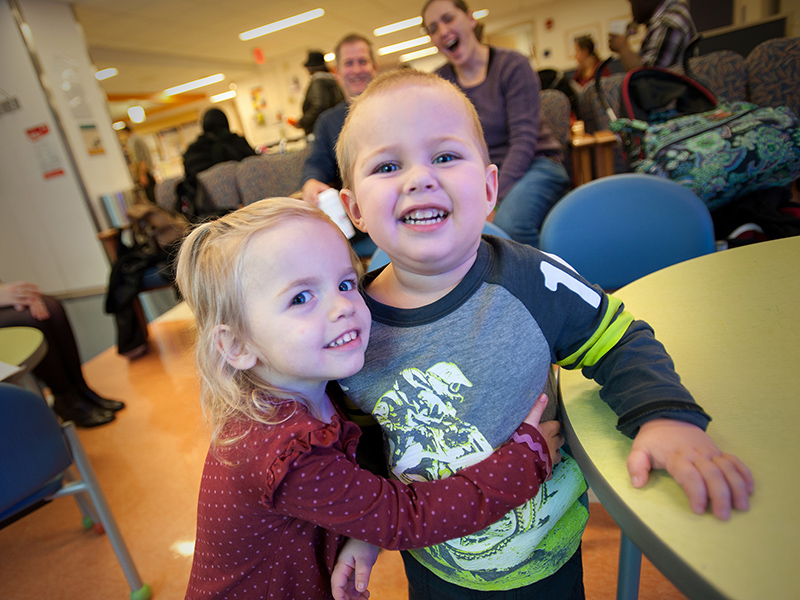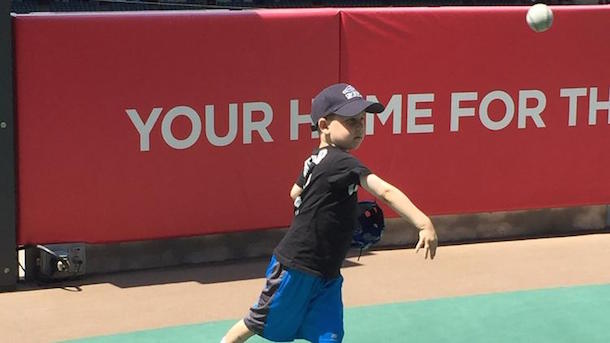From Eureka Alert
A diet dividend
UNIVERSITY OF CALIFORNIA - SANTA BARBARA
What if polycystic kidney disease (PKD) could be combatted with a strategy as simple as dieting? Such a finding would surely be welcome news to the 12 million people worldwide with the genetic disease.
New research from UC Santa Barbara suggests that reducing food intake may slow the growth of the cysts that are symptomatic of PKD, an inherited disorder in which clusters of cysts develop in the kidneys.
A study by biologist Thomas Weimbs and colleagues has demonstrated that in mouse models, a modest decrease in food intake resulted in substantially diminished cyst growth. The findings appear in the American Journal of Physiology - Renal Physiology.
"Amazingly, the growth of polycystic kidneys was quite strongly inhibited with the reduced food intake, suggesting that these organs are much more sensitive to nutrients than the rest of the body," said Weimbs, a professor in UCSB's Department of Molecular, Cellular, and Developmental Biology. "That's very interesting because if we translate this to a human population, the regimen should be something that would be potentially feasible for PKD patients to follow."
The researchers were particularly interested in the mTOR pathway, the mechanistic target of a drug called rapamycin, which has been studied as a potential treatment for PKD. When nutrients are abundant, the mTOR pathway -- important in regulating cell growth and proliferation -- is highly active. So the investigators hypothesized that limiting nutrient supply might affect the pathway's activity and tested their theory in mice with polycystic kidneys.
Animals in the control group had free access to food and showed a kidney weight increase of 151 percent during the study period. Those in the experimental group, in which food intake was reduced 23 percent, experienced only a 41 percent gain in kidney weight. "That's pretty substantial," said Weimbs. "The reduction is similar to what we would see with rapamycin treatment but without the side effects."
The researchers also looked at other parameters, such as proliferation of the cysts and the inhibition of other molecular pathways. "Not only did the size of cysts decrease significantly but pathways were inhibited as we expected them to be," Weimbs said. "All of this made sense with our initial hypothesis."
Moving from animal to human studies, however, would require additional research as well as clinical trials. Still to be determined is whether the sizable effects seen in this study are due to simply decreasing caloric intake or to a reduction in a particular nutrient group, such as carbohydrates, lipids or proteins.
"That's something we really don't know, but it's something that can be easily tested and should be, because potentially we only have to reduce one nutrient group and not all of the others," Weimbs explained. "Or maybe it's just the caloric intake. We need to know which before it makes sense to move forward with a clinical trial."
The results of the Weimbs Lab's research are similar to another recent study conducted at the Mayo Clinic in Rochester, Minnesota. While that group used slightly different mouse models and a more severe level of food restriction -- 40 percent -- the results also demonstrated a reduction in cyst growth.
"Two groups using different protocols and different models that come to the same conclusion strengthens the overall findings and makes a clinical trial much more justifiable," Weimbs concluded.
Kidney Dialysis News

The three-year-old Antrim girl received her father Chris' kidney when she underwent the pioneering operation last November.
3D printing was used by the surgical team at Guy's and St Thomas' and Great Ormond Street Hospital in London to intricately plan the complex operation.
By producing life-sized plastic anatomically correct models of both the father's kidney and his daughter's much smaller abdomen, the team were able to see beforehand the challenges they faced in transplanting the larger organ.
The 3D printer produces a model of liquid plastic, based on measurements taken through CT and MRI scans.
Last night, her father described Lucy - who suffered heart failure at just four weeks old - as the "bubbliest, bounciest, happiest, active little girl" around.
And he revealed that the medical challenge of keeping Lucy alive resulted in a ground-breaking dialysis machine being adapted to suit her needs, which will benefit other infants in the future.
He said: "There was some worry that Lucy had also experienced neurological damage but she's met every developmental milestone: she's talking, she's counting, she's getting up to everything.
"We are so thankful to all the medical teams who have helped her along the way and our families and friends who supported us."
Mr Pankaj Chandak, a transplant registrar at Guy's and St Thomas', whose idea it was to use 3D printouts, said: "Lucy has been through a tremendous amount. She's great-spirited and her family were fantastic. It was a great pleasure to have helped her and to do this kind of work."












